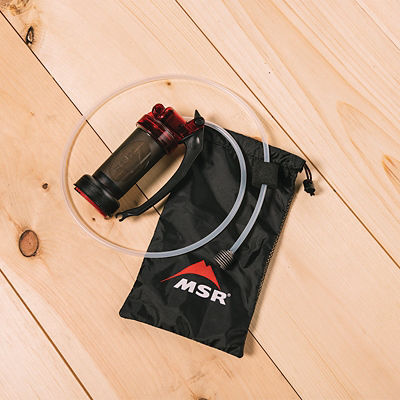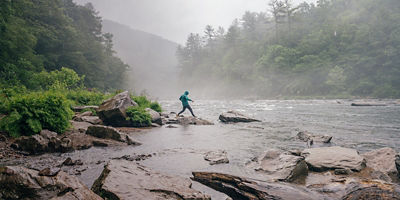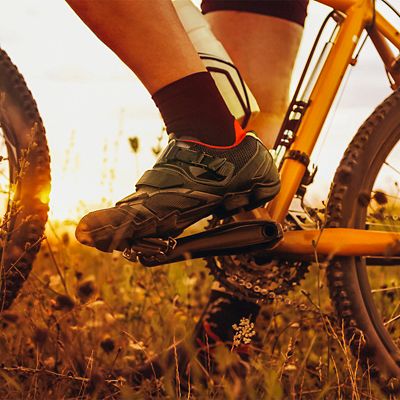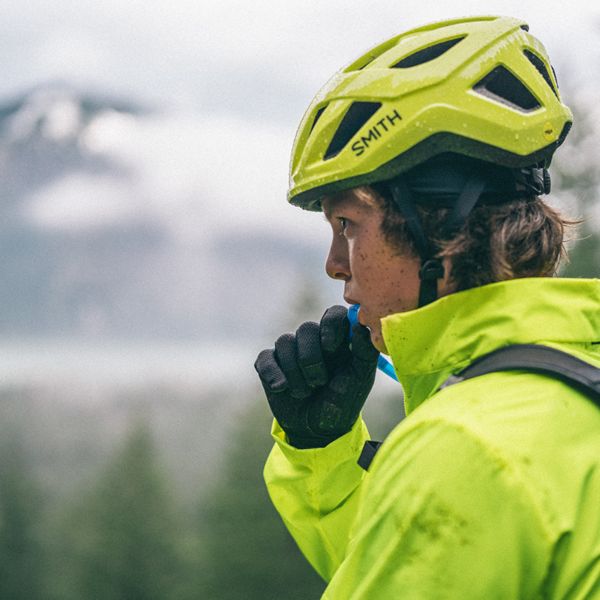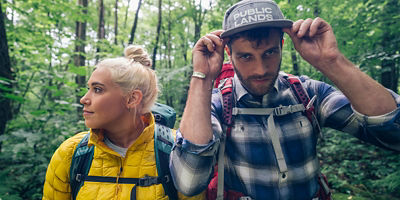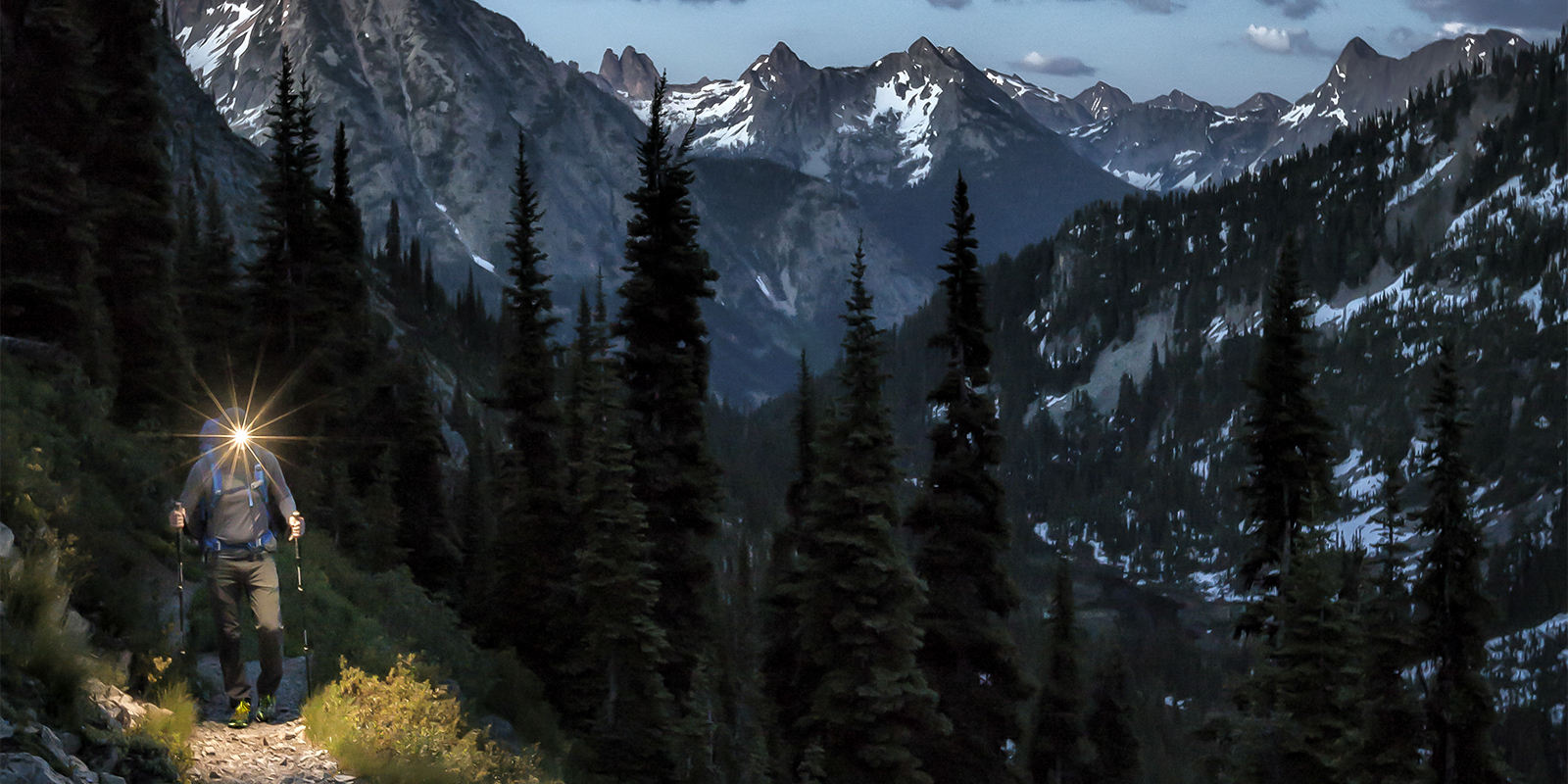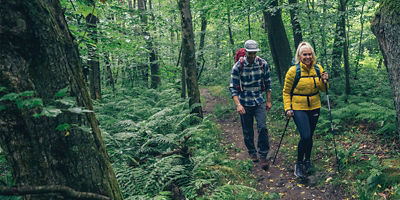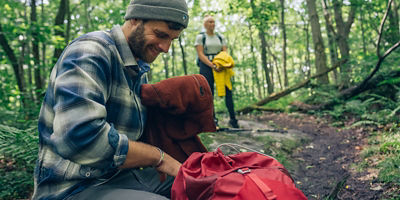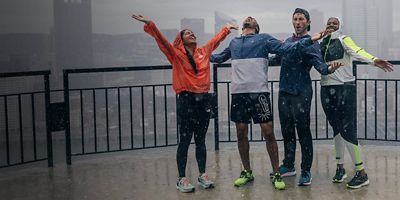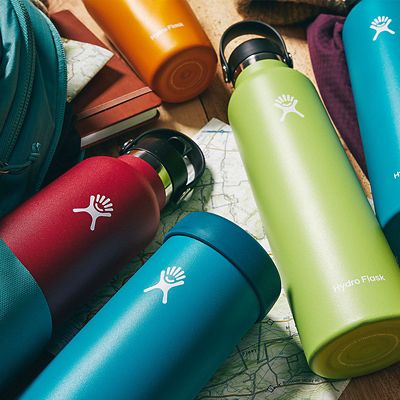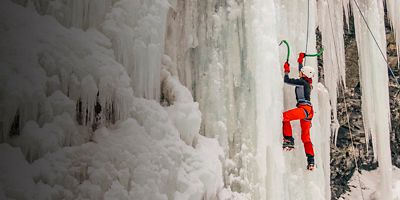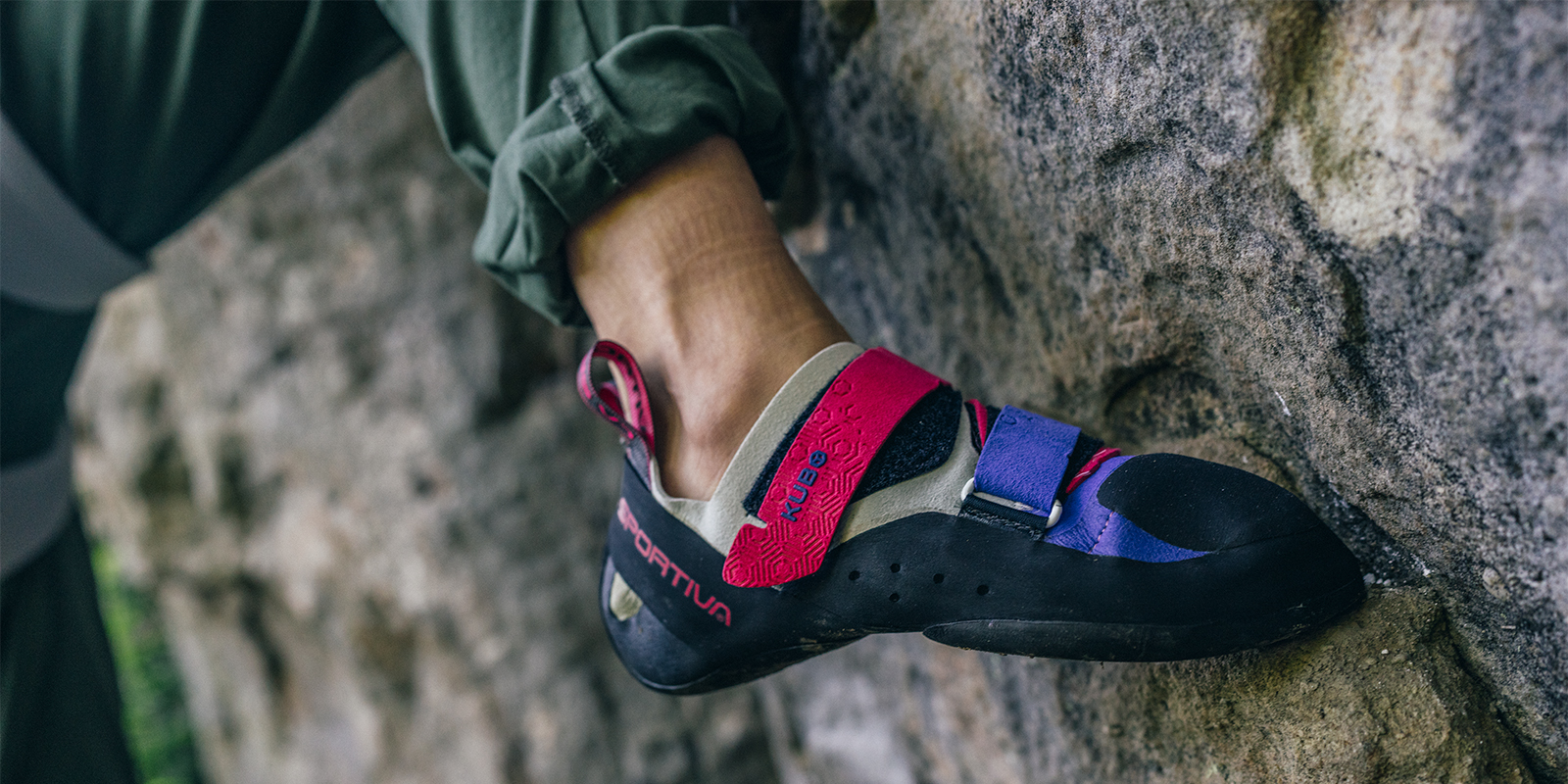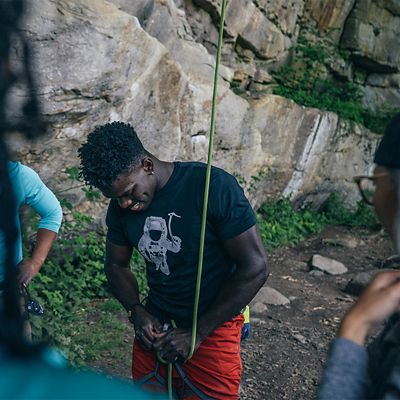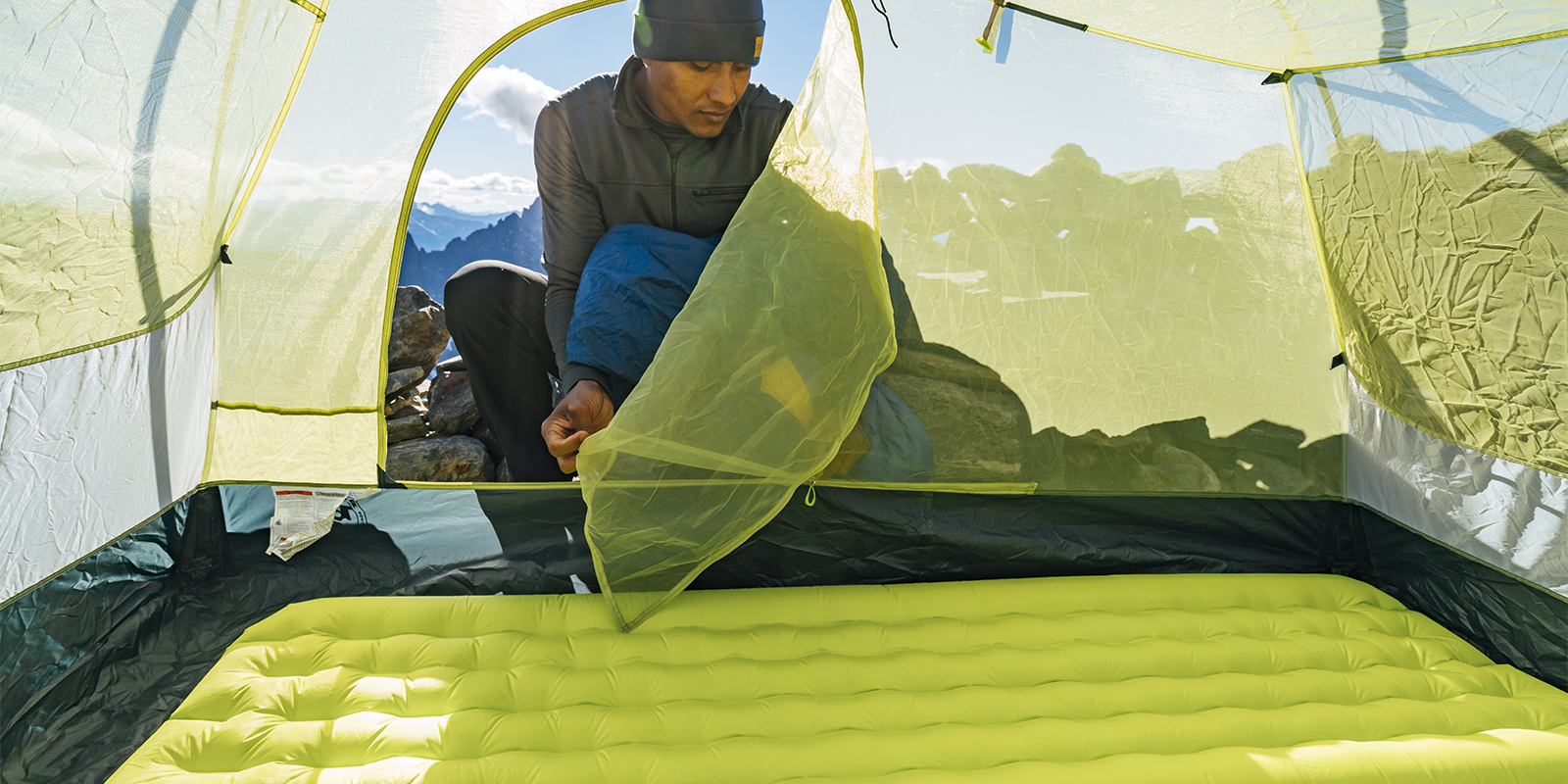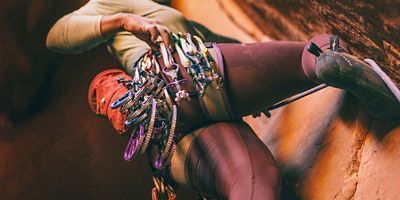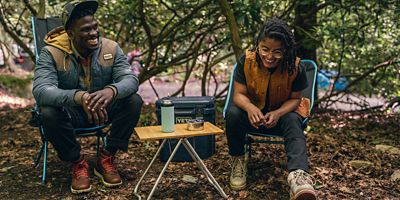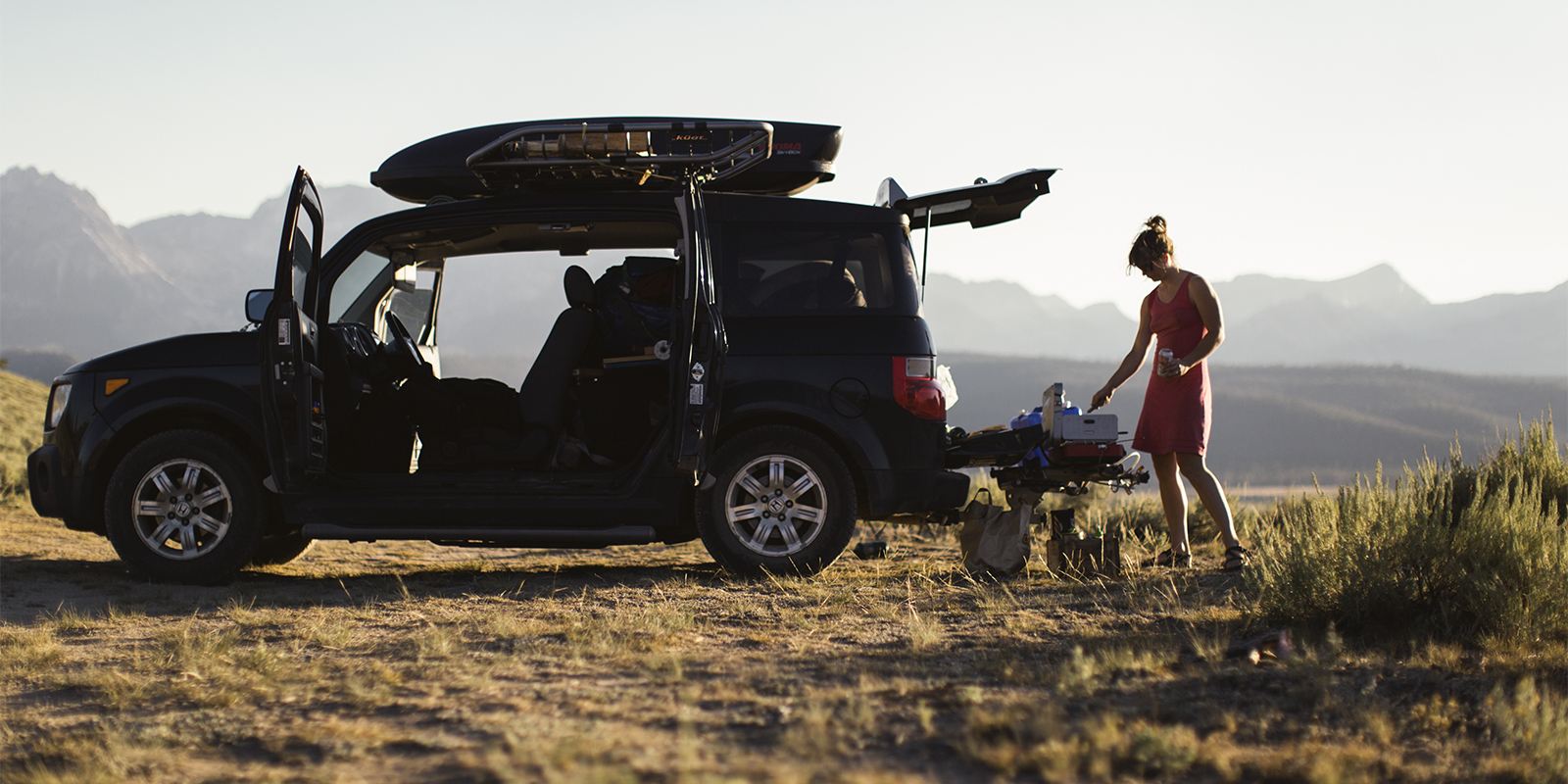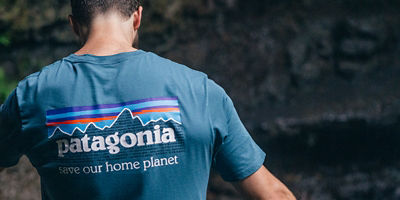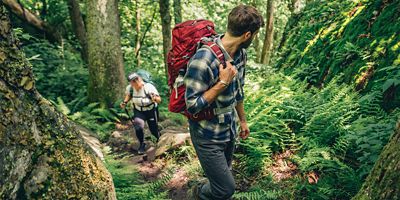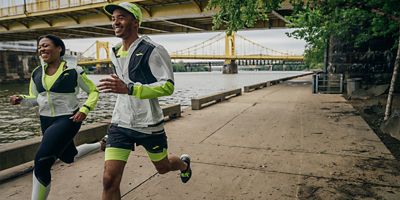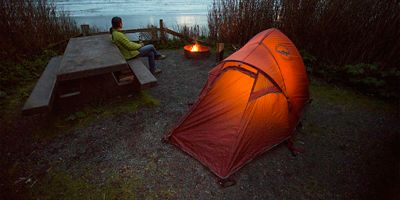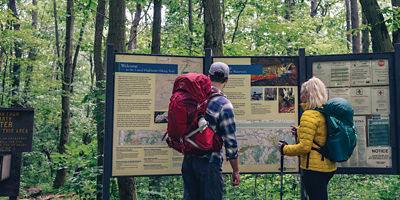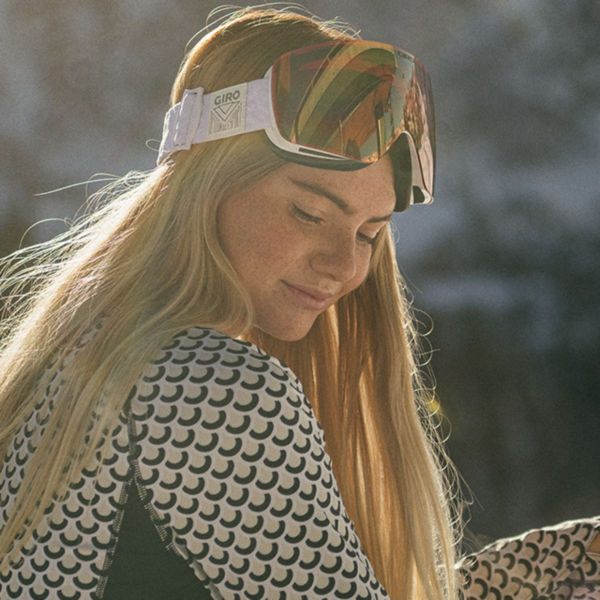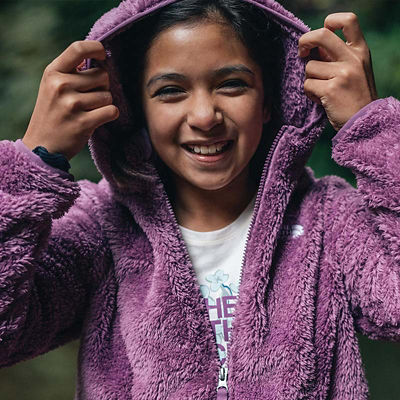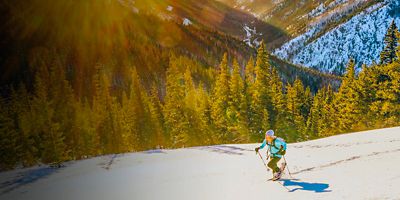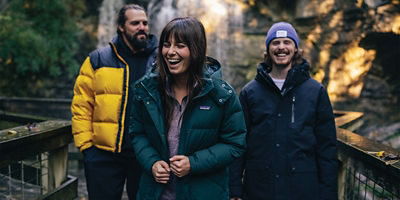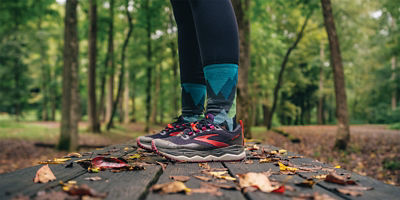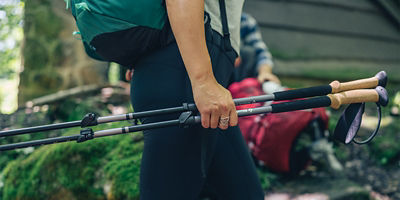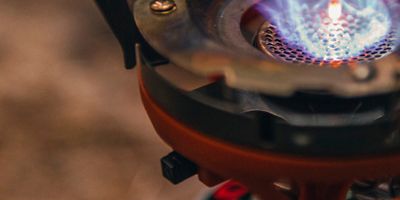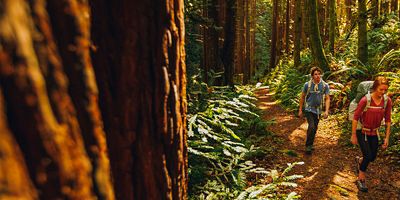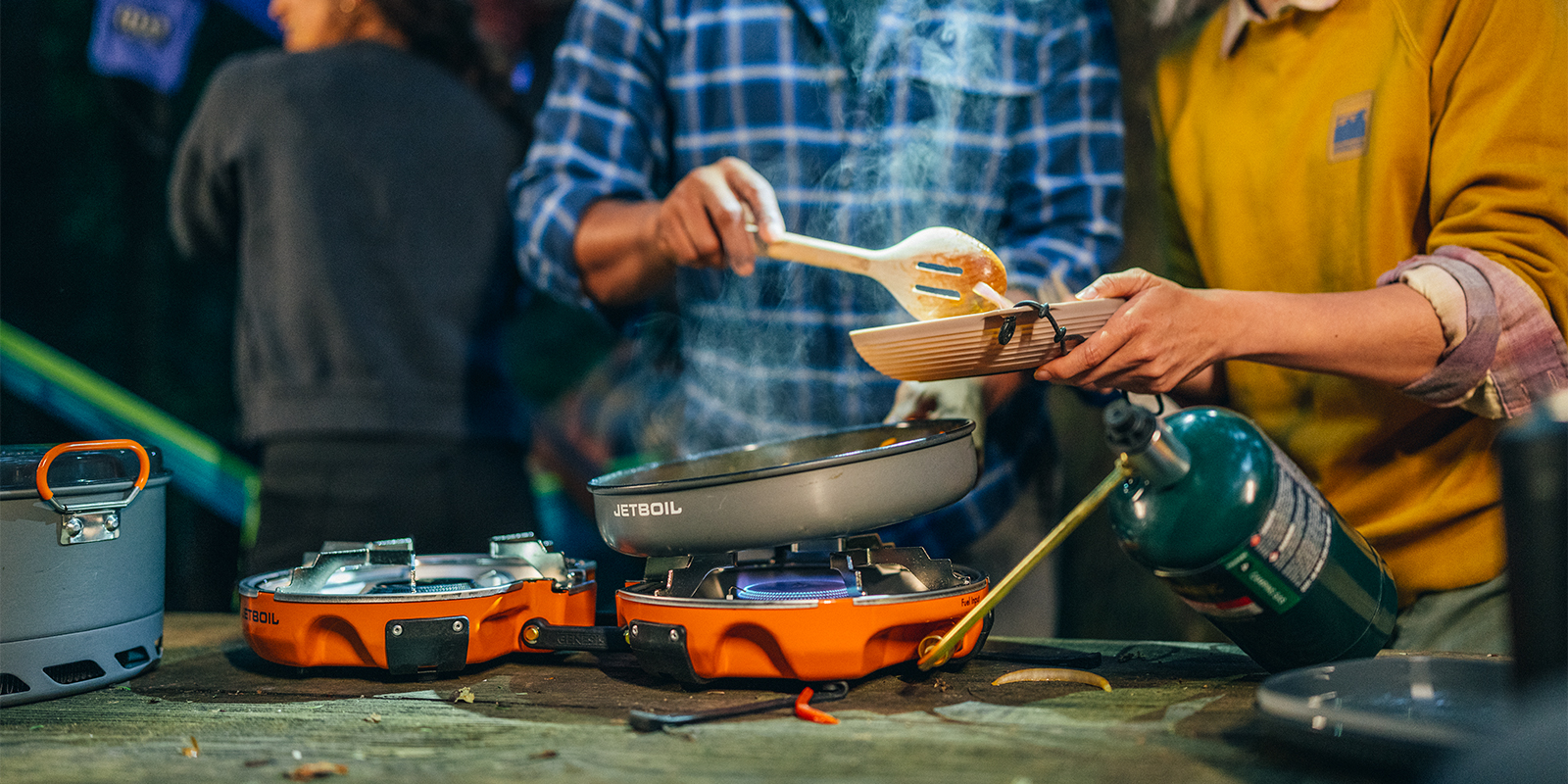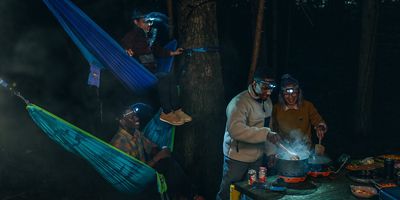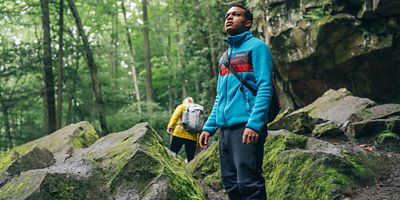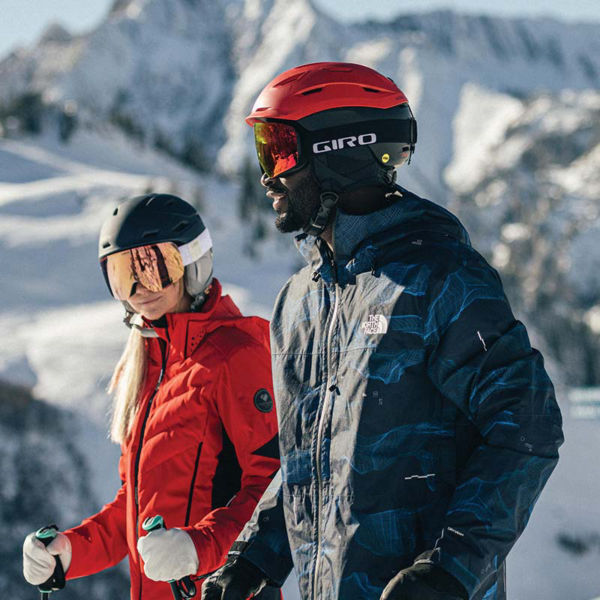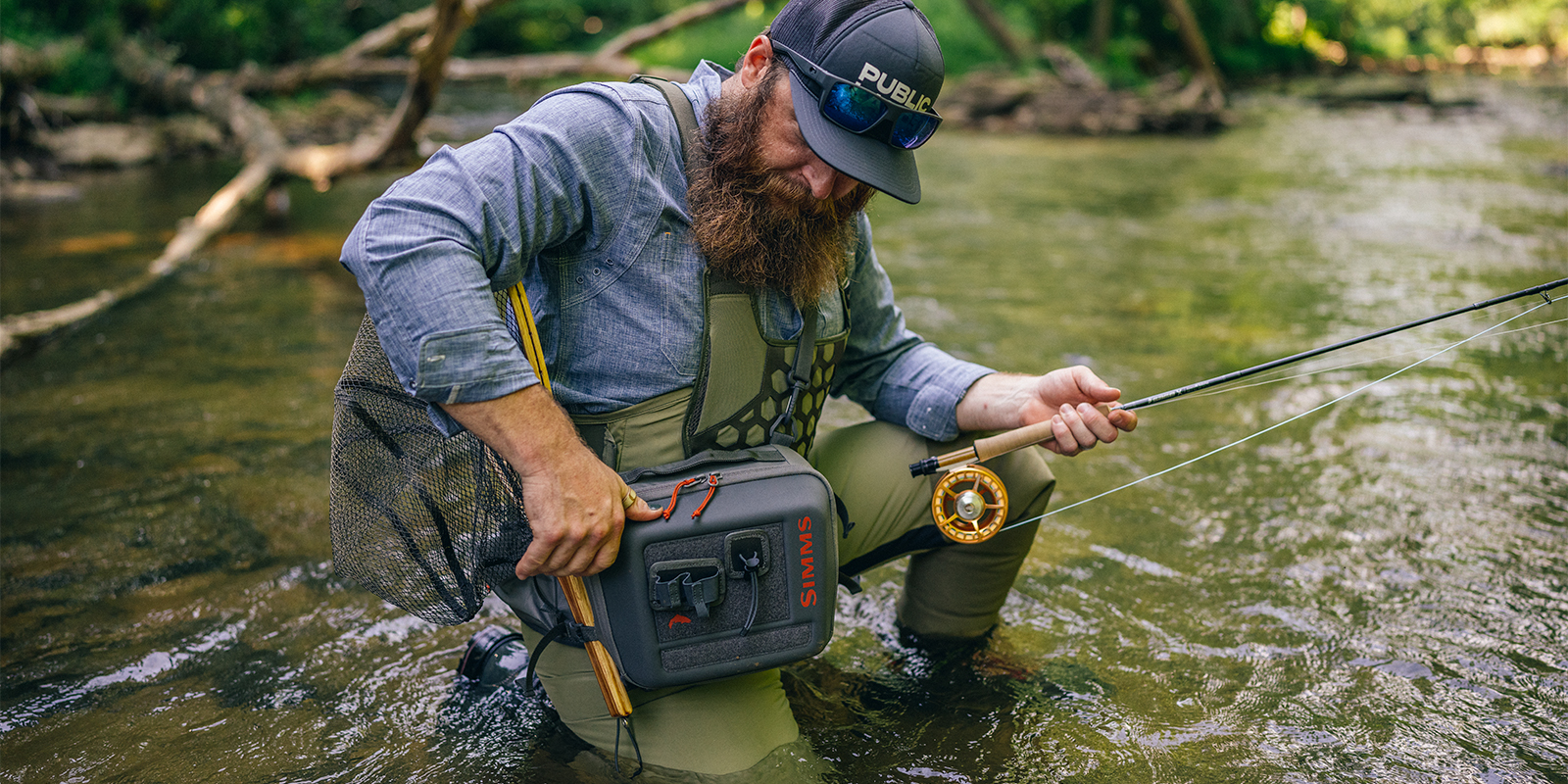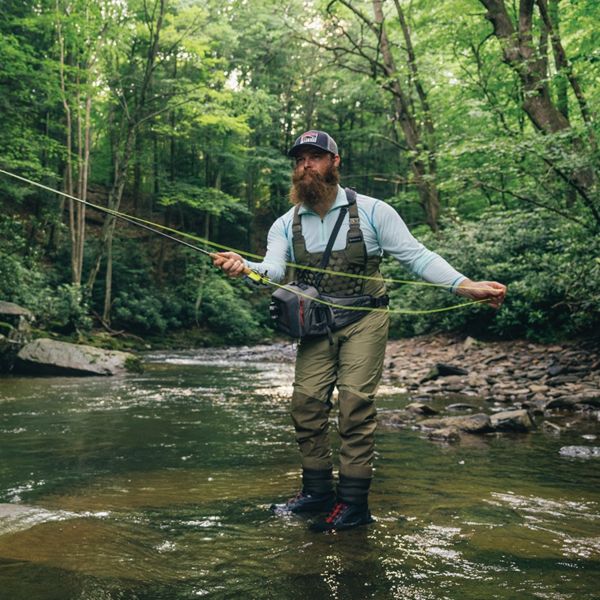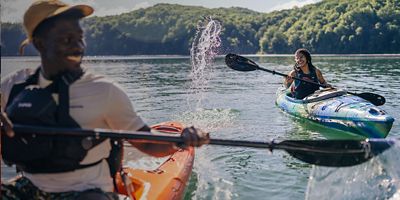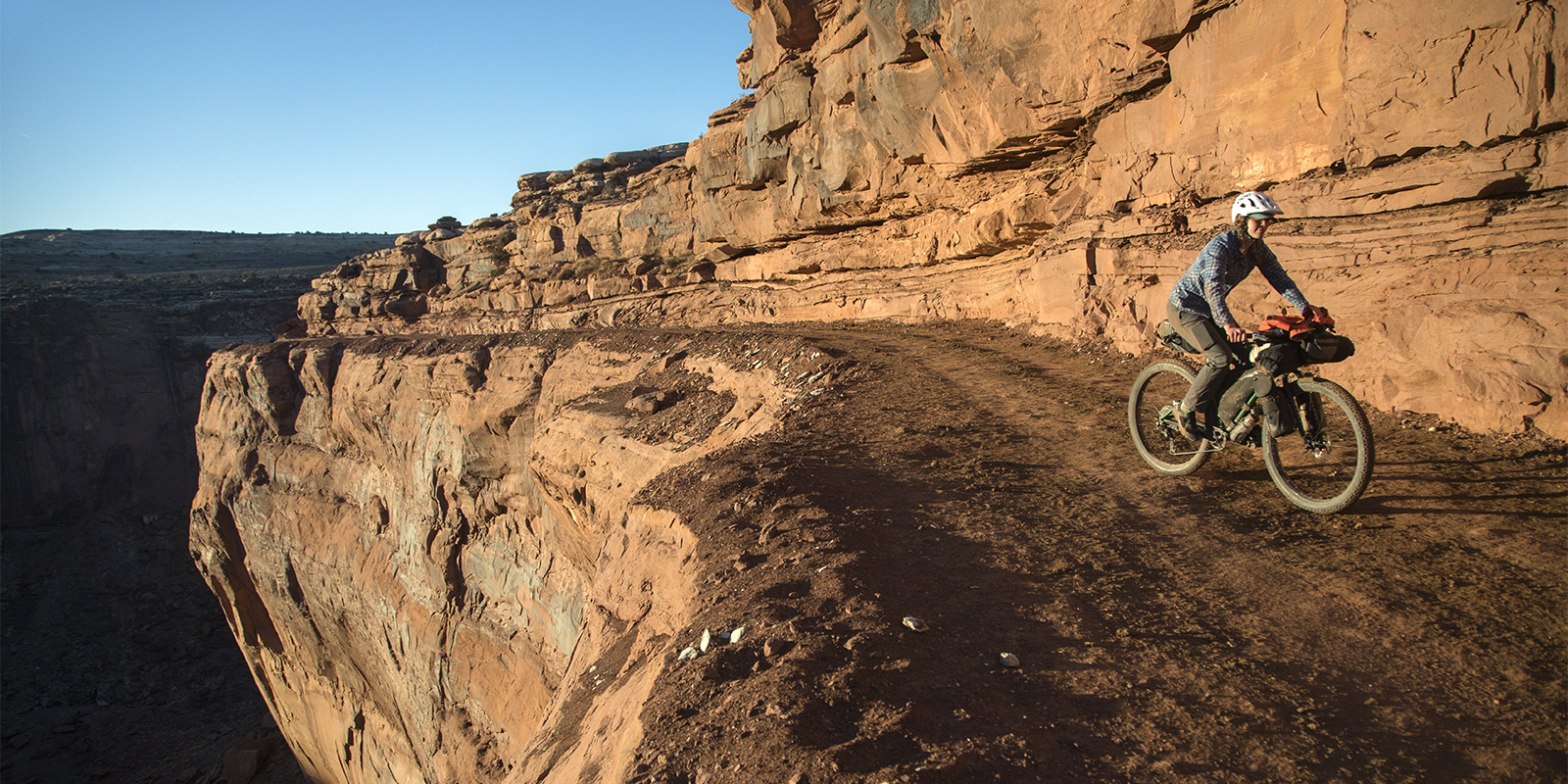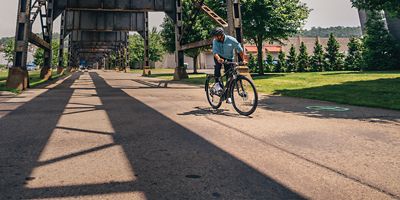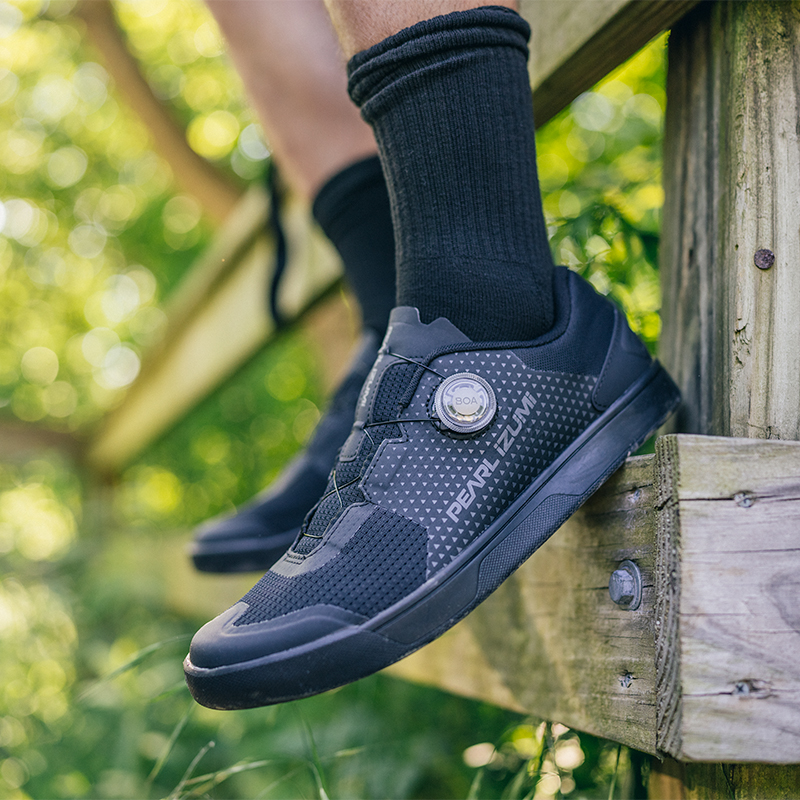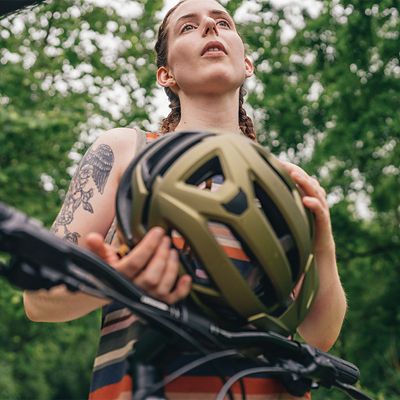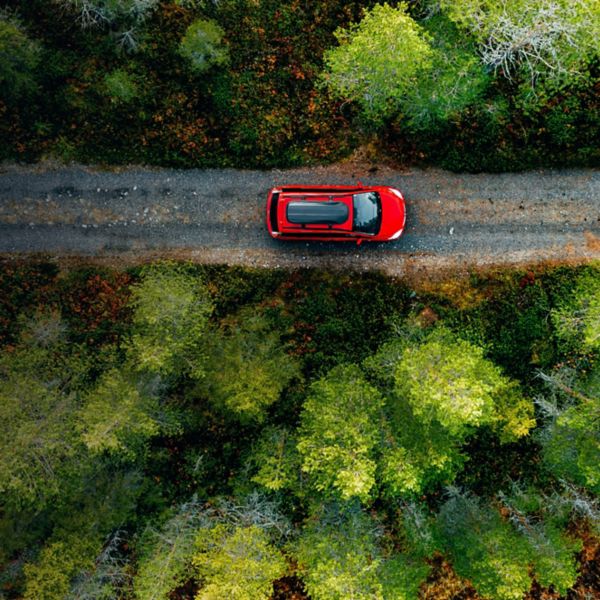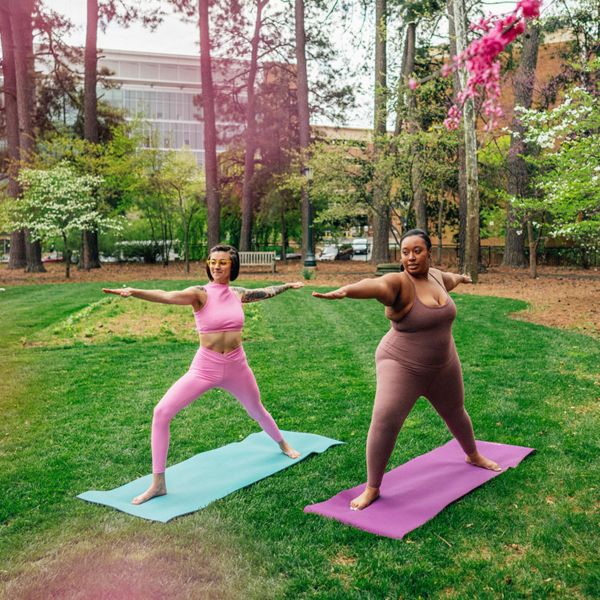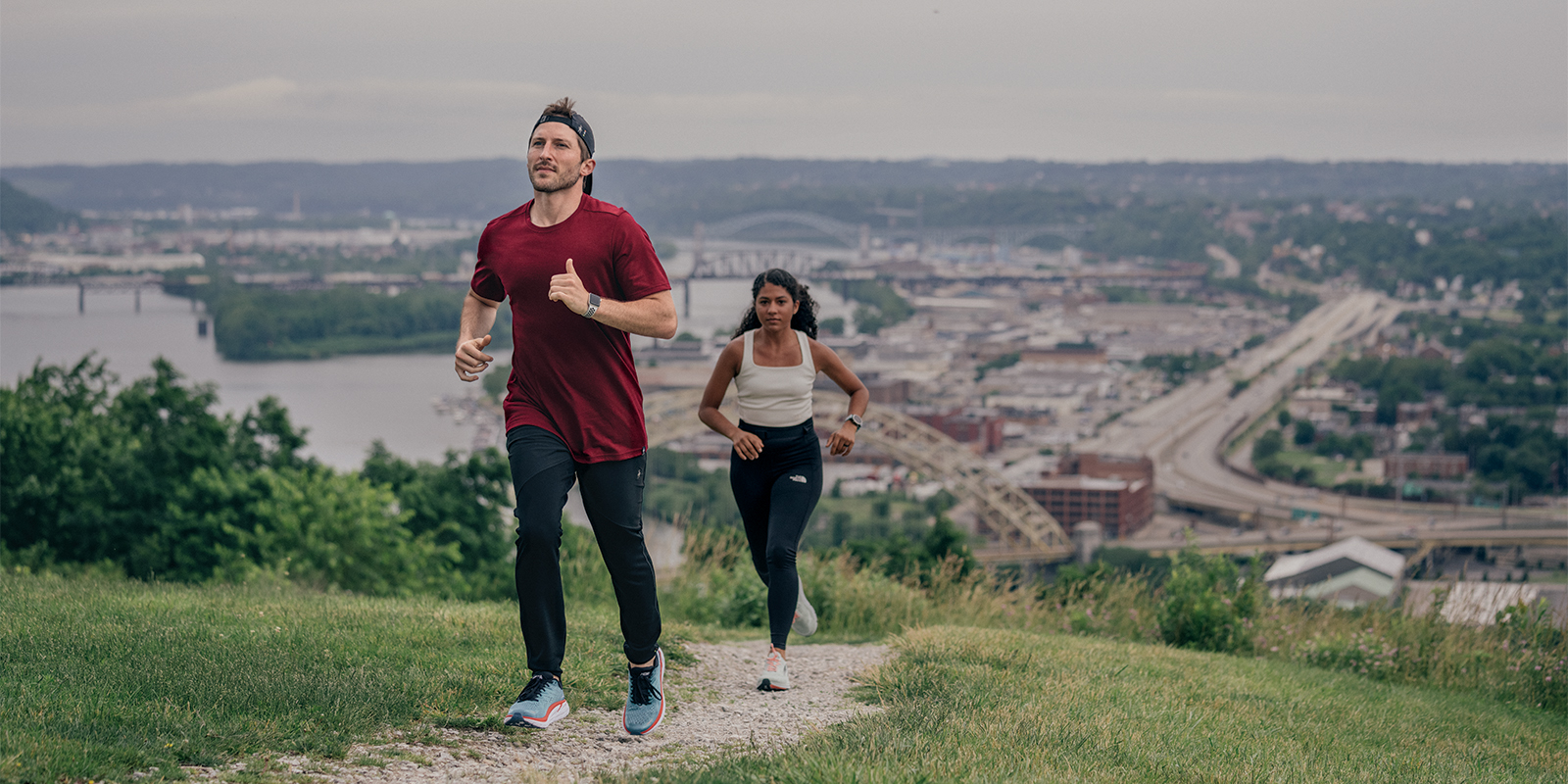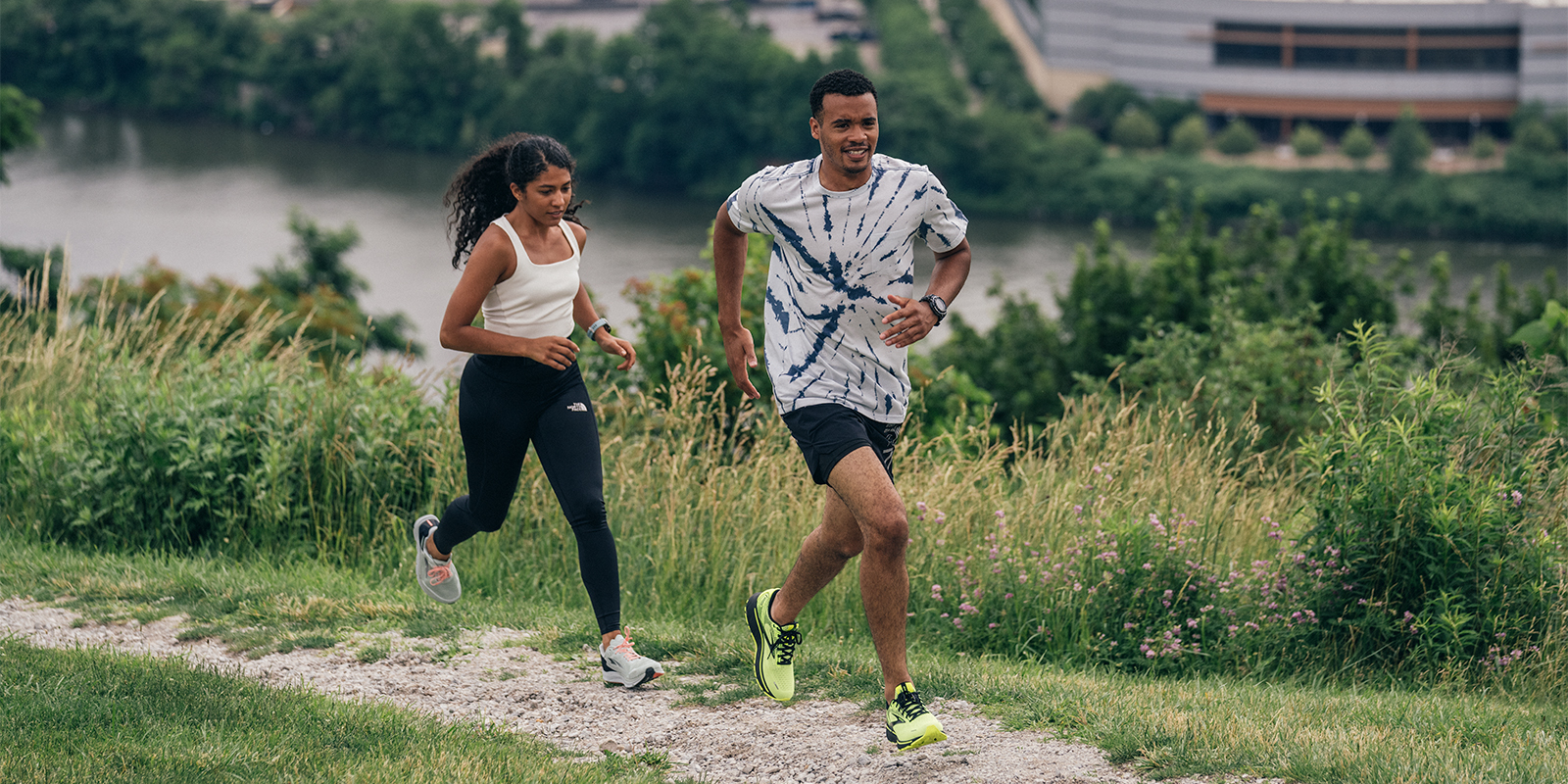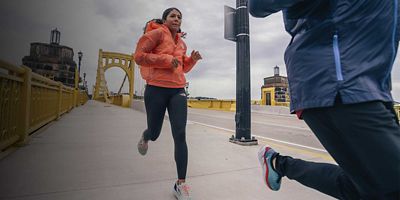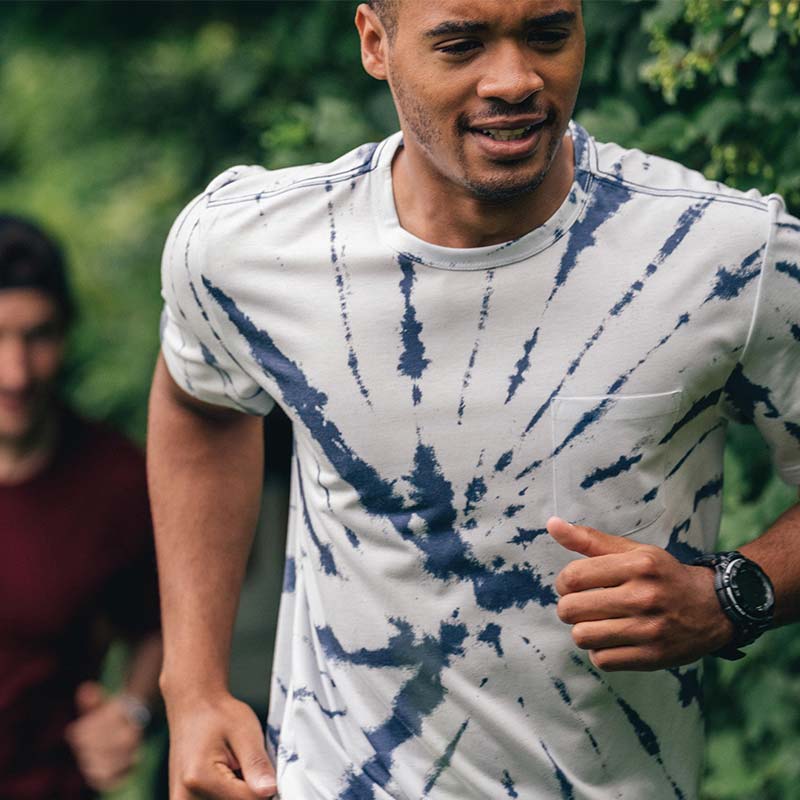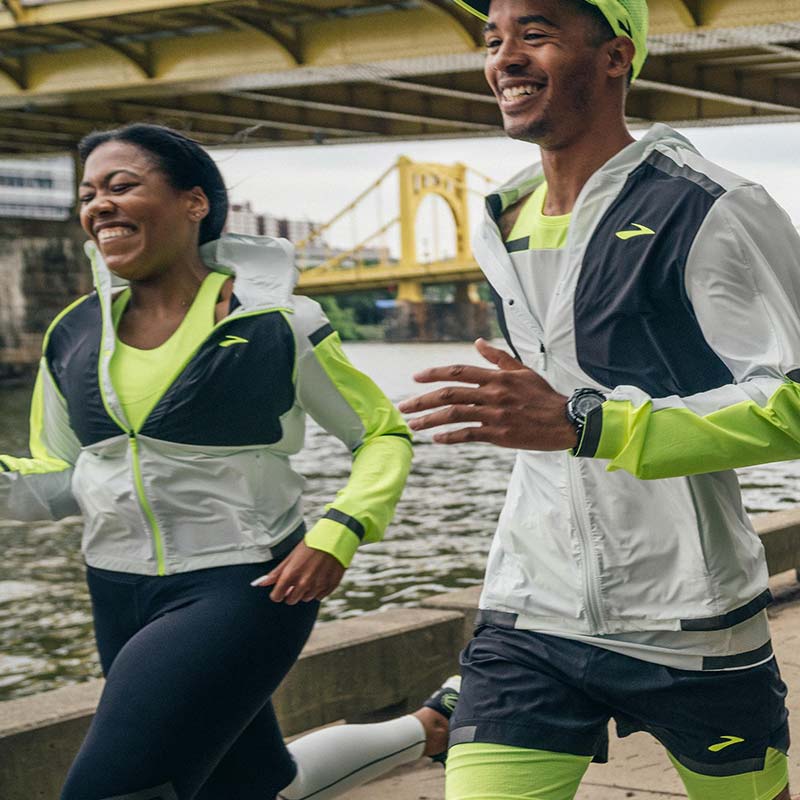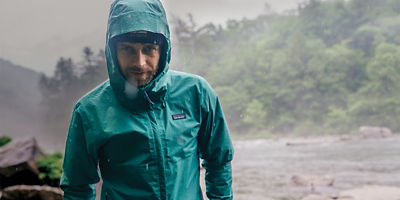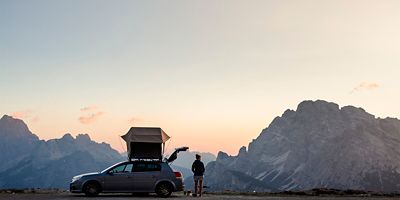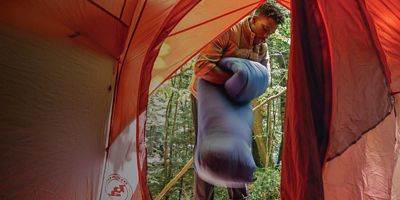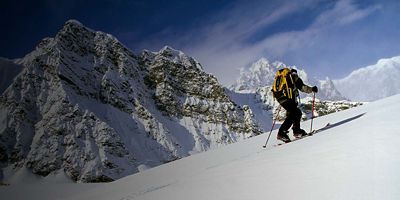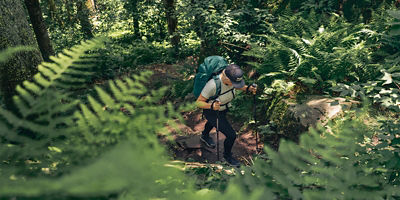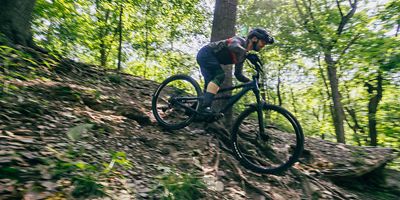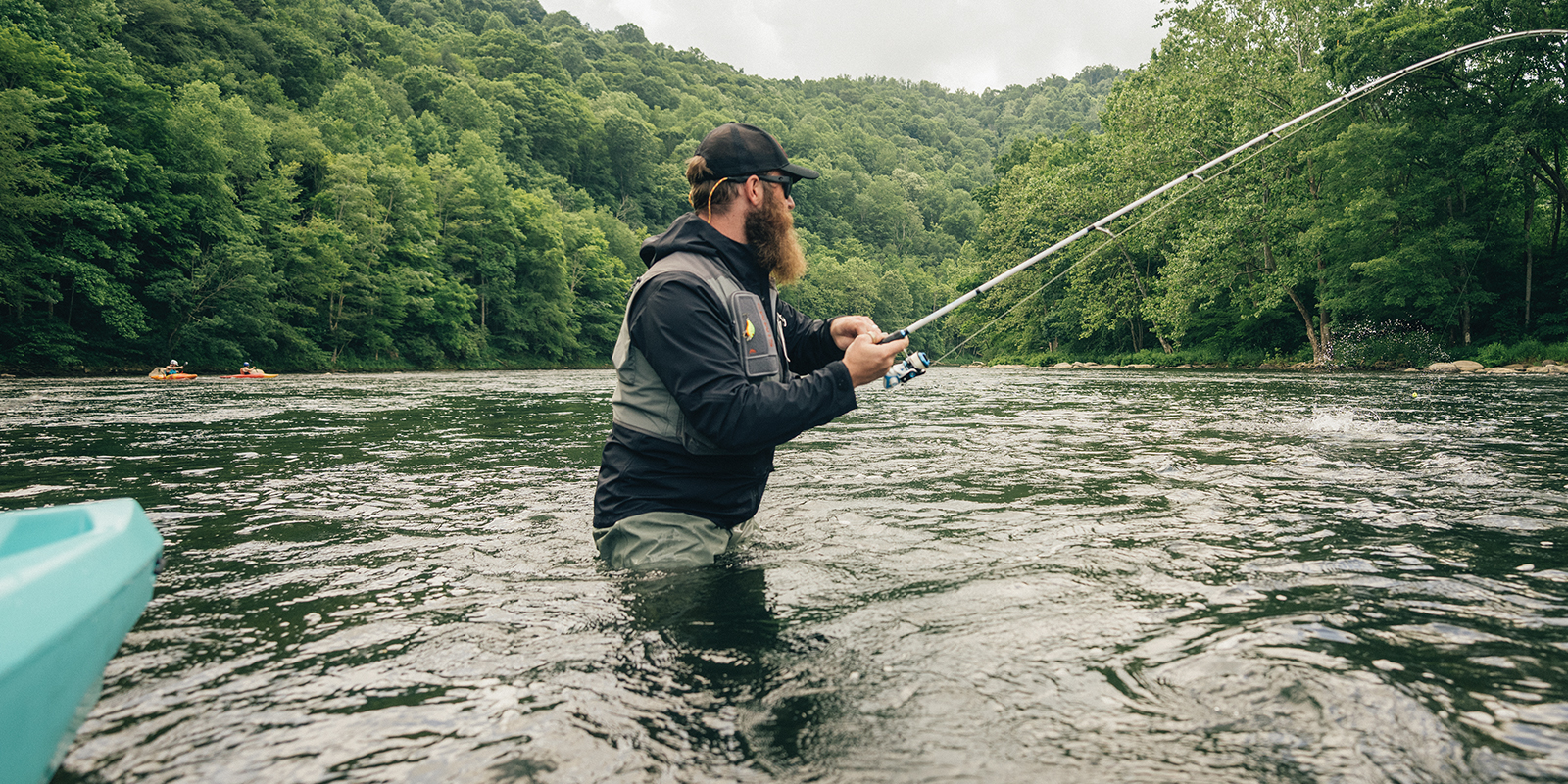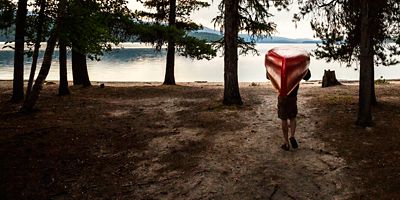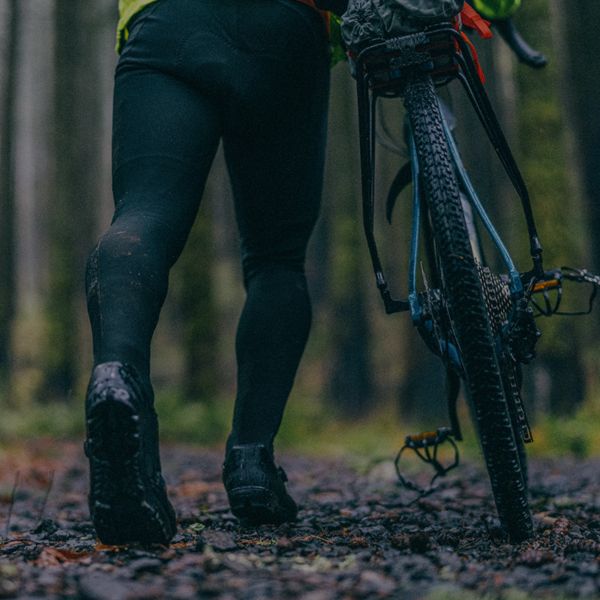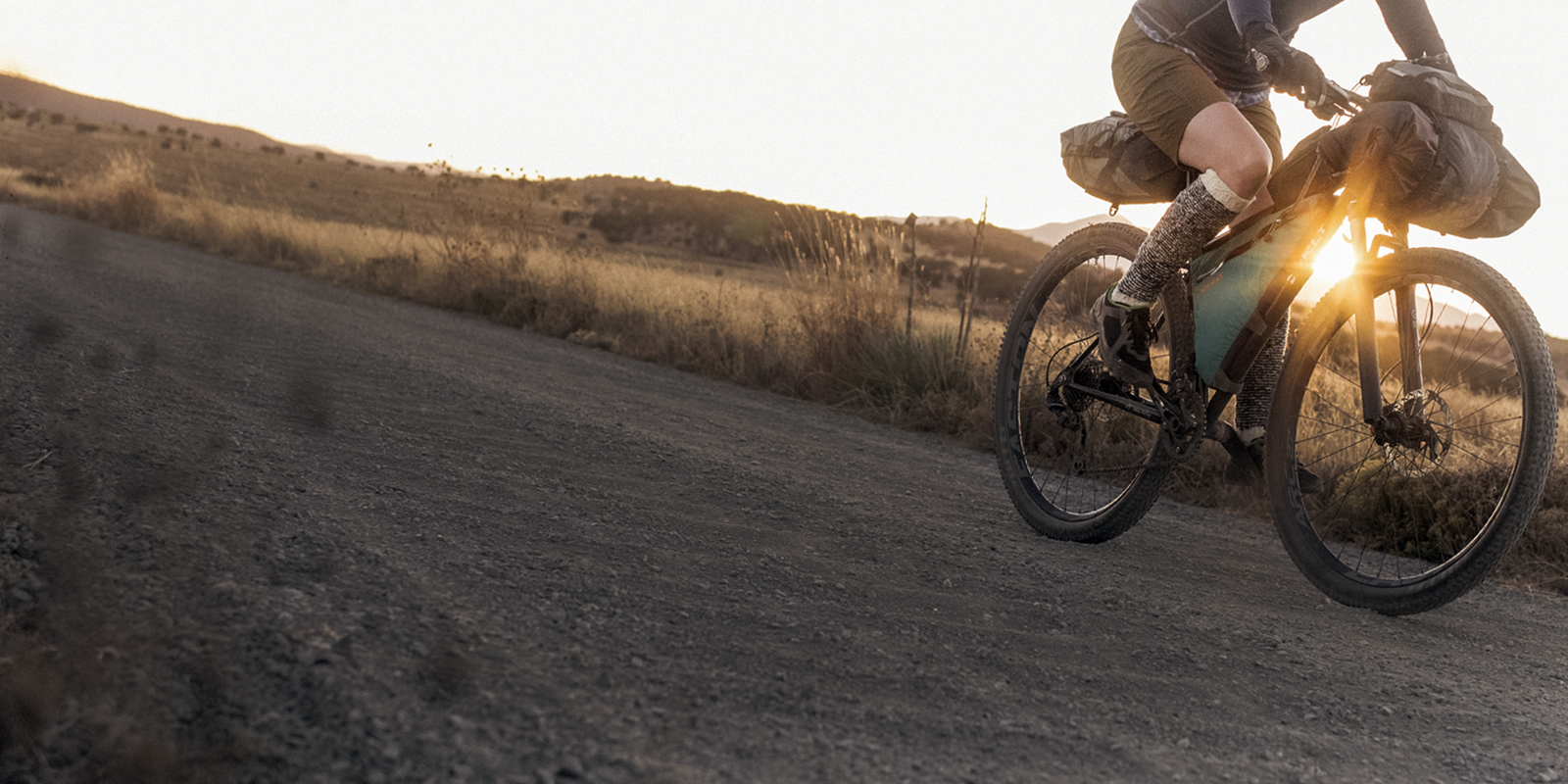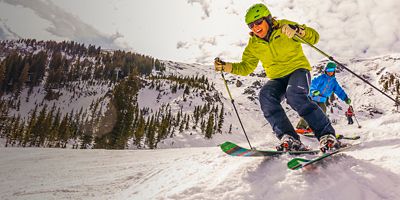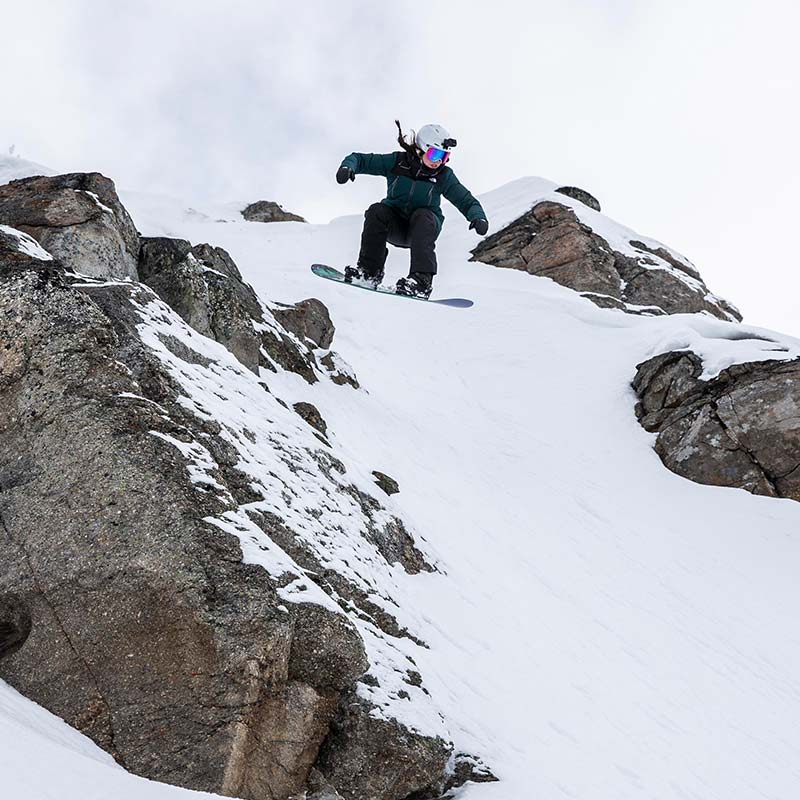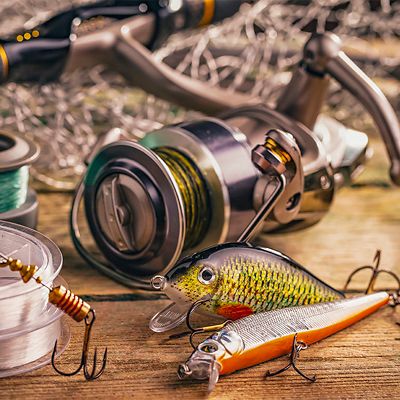
There was a time when outdoor gear manufacturers made products for women by taking men’s products—a backpack, for instance—and simply making it smaller (“shrink it”) and designing it with what they considered feminine colors (“pink it”).
Thankfully, advancements in the industry—and female product designers both leading and within manufacturer ranks—have meaningfully improved women’s-specific offerings. Outdoor gear is now designed and constructed to be truly for (and often by) women, from apparel to skis, and running shoes to sleeping bags. Engineers and designers conduct studies about how women run (different gait), sleep (colder than men), hike (lower center of gravity), plus ski, ride, and climb (generally, with smaller, lighter bodies), not to mention sweat (different sweat zones). A new era of women’s gear addresses those differences between genders with interesting features. While not all women’s-specific gear works for all women better than the men’s versions for various reasons (read on), the progress in gender-specific design and development is clear.
Here are the top technological advancements in women’s-specific gear to consider when outfitting your next adventure.
Running, Hiking, and Rock Climbing Shoes
The majority of outdoor footwear marketed for women has the same features as the men’s models. But shoes with a true woman’s fit are built around a women’s-specific “last”—a foot mold based on a true woman’s foot. Shoes with women’s lasts tend to run narrower, especially in the heel, to minimize slippage by holding women’s narrower heels securely. And shoes built on a women’s last tend to have less volume overall, better catering to a more slender foot.
Some women’s-specific running shoes address more gender differences than just fit. Women have a different gait (i.e., running stride) than men. Women’s hips are also generally wider than men’s (genetically, to allow for birthing children), as is what’s called the “Q angle,” which relates the angle between the patella and two measurements in/near the hips. Shoe shapes sometimes account for the Q angle differences by adding slight pronation control in various forms to women’s shoes (larger hip width and Q angle means greater instances of pronation, where feet roll inward).
When shopping for outdoor footwear of any sort, keep an eye out for product information that reads “built on a women’s-specific last.” If you have wider feet, however, you may do just fine in men’s or gender-neutral footwear.
Snowshoes
Speaking of Q angles, the late 1990s saw snowshoe brands begin designing women’s-specific models with frames that were shaped to allow women to hike or walk in snowshoes without kicking their opposite leg’s ankle bones. (If you’ve ever done this, you know how badly it hurts.) Many of today’s models are shaped to account for the stride differences.
Women’s-specific snowshoes also tend to feature bindings designed to accommodate smaller footwear than the men’s models. If you have large feet, or wear large, insulated boots for snowshoeing, you’ll likely be fine in bindings meant for men’s shoes—you just won’t get snowshoe frames shaped for women’s hips.



